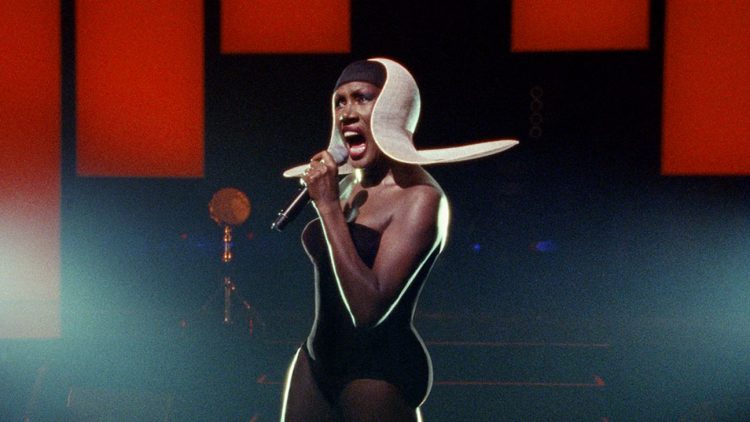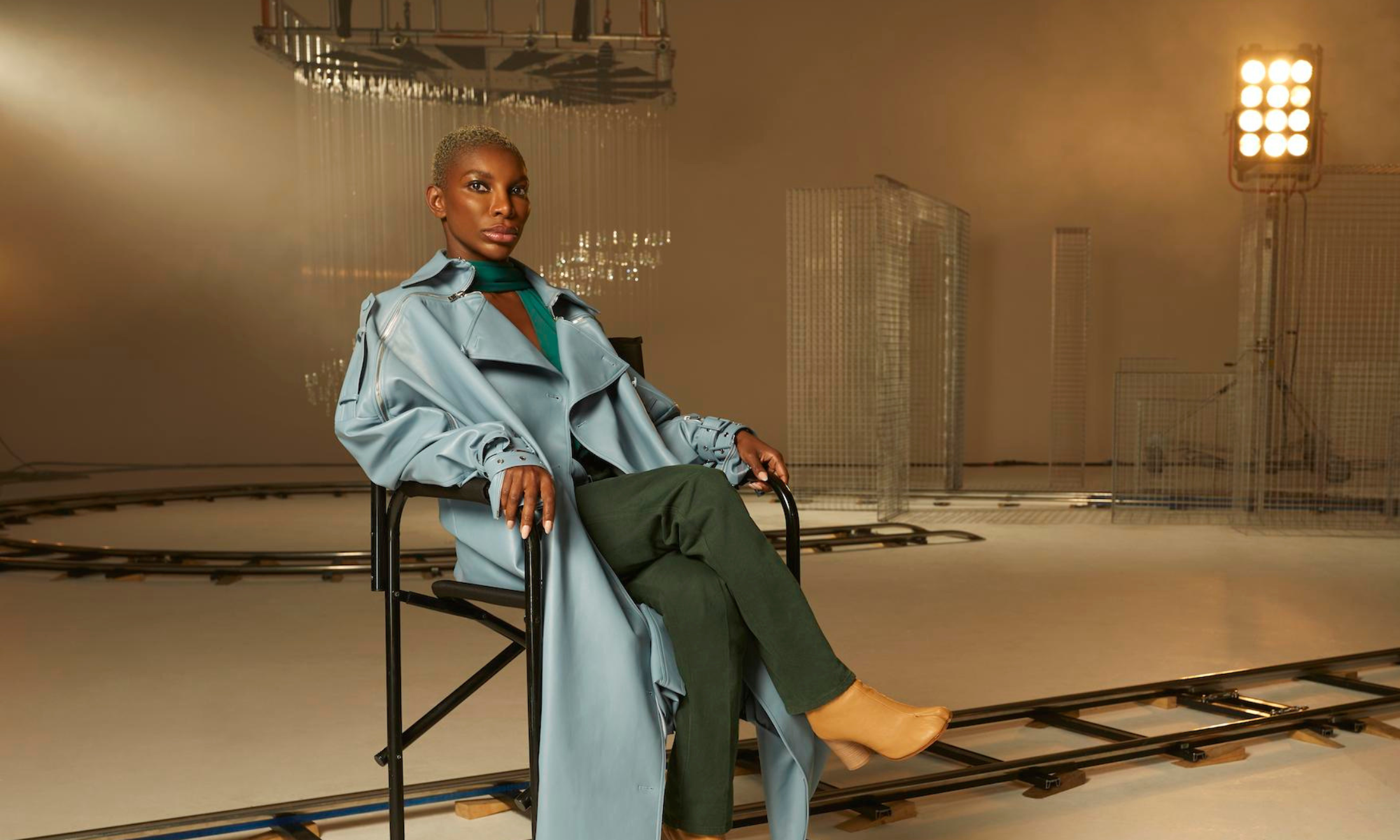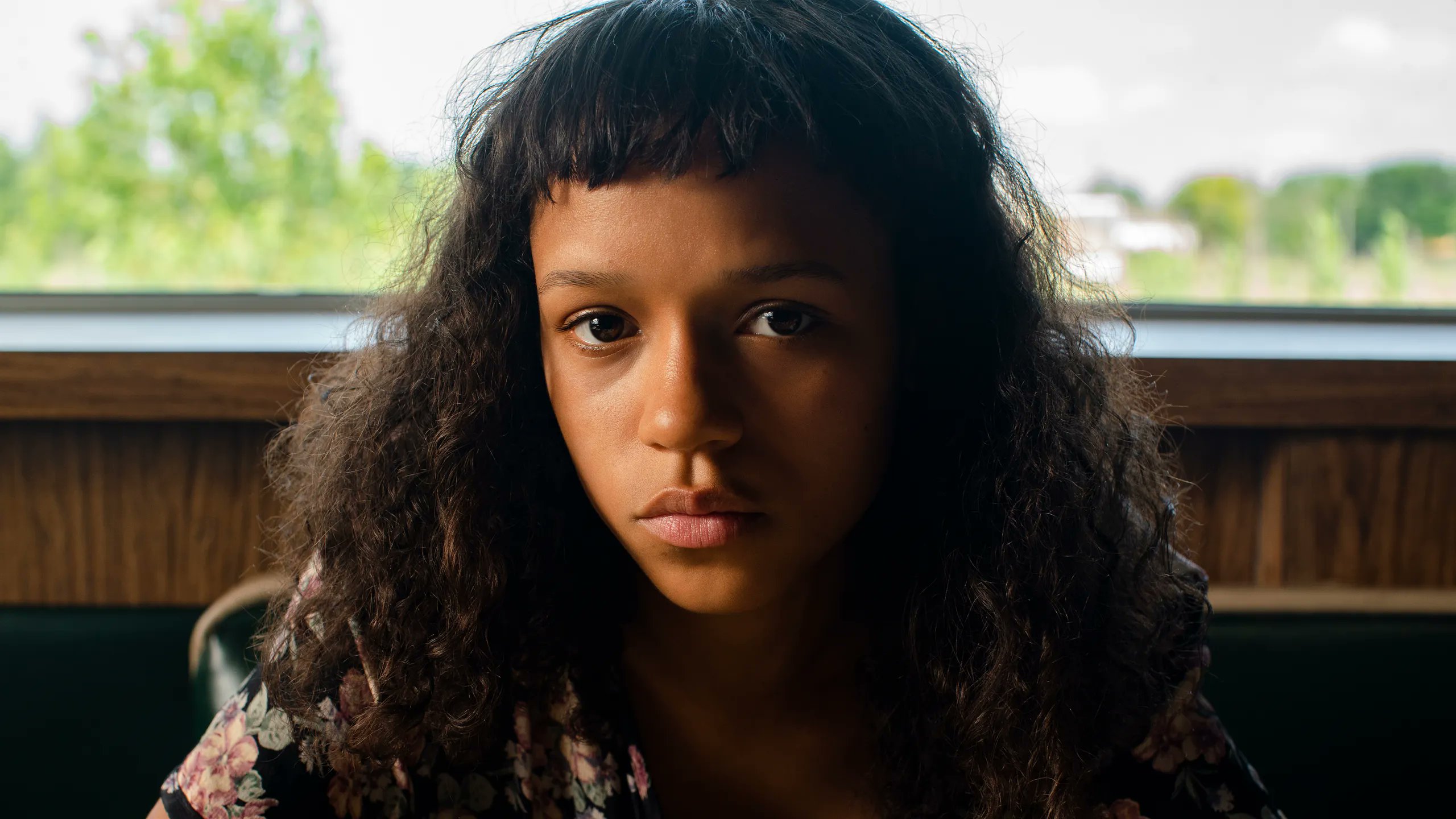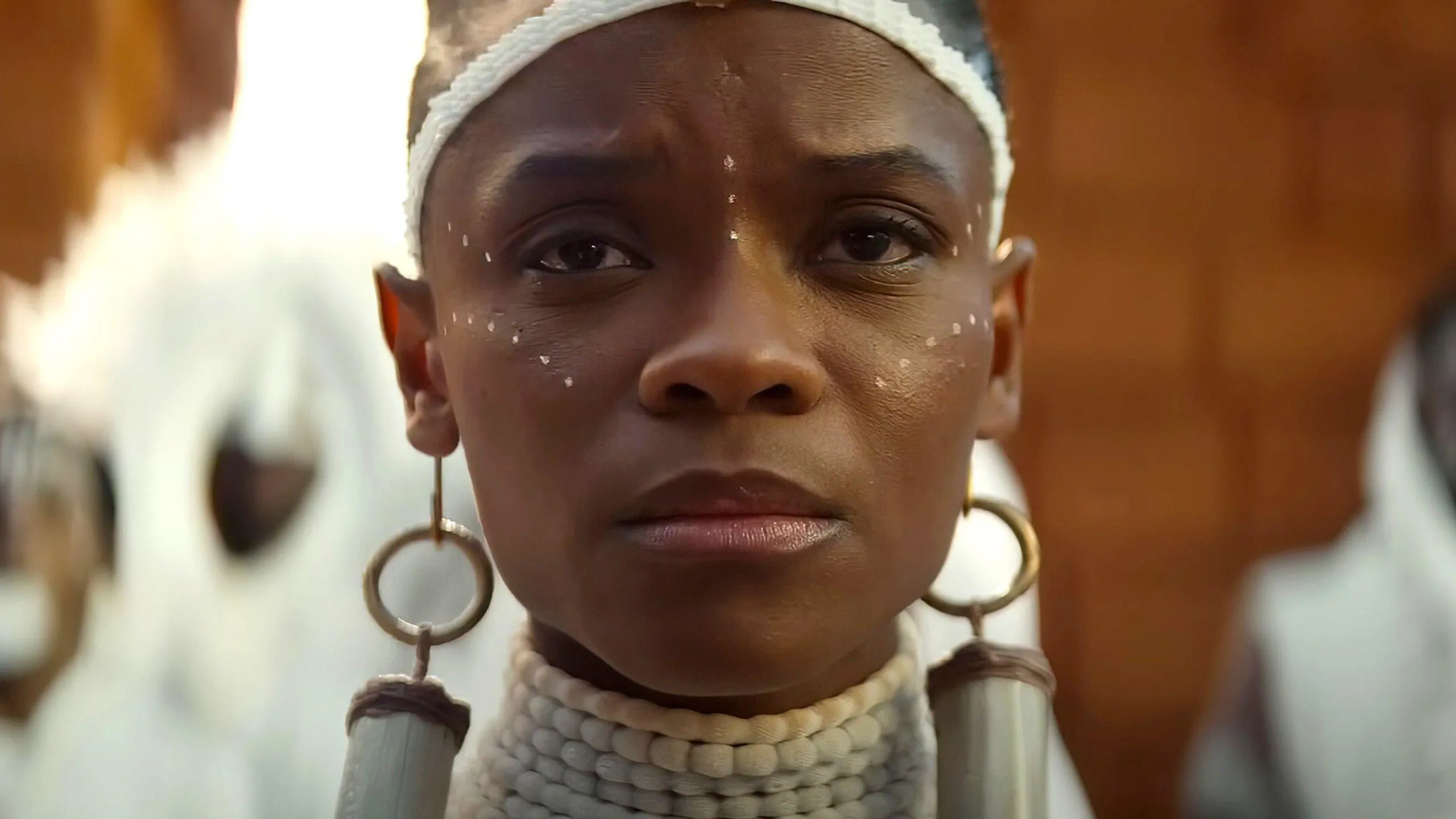
Grace Jones’ documentary is a ‘bright exclamation mark’ to the icon’s career
Grace Barber-Plentie
16 Nov 2017
The life of the chanteuse is never something that’s easily captured on film — just take the recent examples of Whitney: Can I Be Me and Amy, films that focused much more on the lows rather than the highs of their subjects’ lives. So it’s an absolute joy – and about time – to see a film that celebrates and shows a female musician in her own words (and a black female musician at that), in the form of Grace Jones: Bloodlight and Bami.
Part of what sets Bloodlight and Bami apart from its forebears is the form that director Sophie Fiennes takes for the film. It’s a combination of Jones’s live performances, as well as intimate footage of the musician recording her album Hurricane; vacationing with her family in her birthplace of Jamaica, and living a lifestyle that only Grace Jones could be occupy. Most documentary directors seem to see their films as a teaching exercise, either giving their audiences a rudimentary guide to their star, or fleshing out the image that we’re already aware of. But in Bloodlight and Bami, we’re not looking at Grace Jones from the outside and learning about her, we’re given a complete insight into her mind and expected to pick up the pieces along the way.
This might be a frustrating viewing experience for those who are coming to the film expecting an A-Z of Grace Jones (my suggestion would be to pick up Jones’s autobiography, I’ll Never Write My Memoirs, which includes an extremely detailed description of her first orgasm that I’ll never be able to erase from my mind) but the way in which Fiennes refuses to coddle her audience is what really sets it apart and makes it a strong film. Some of the strongest music documentaries, such as Stop Making Sense (which Bloodlight and Bami strongly echoes in its performance sections) and Gimme Shelter have eschewed traditional documentary techniques and given unique and illuminating depictions of their male stars. Why not do the same for a black woman?
“The way in which Fiennes refuses to coddle her audience is what really sets it apart“
While I adored Bloodlight and Bami, mainly due to my unwavering, undying passion for my namesake, I acknowledge that the film isn’t without its flaws. At two hours, it stretches a little long, but one can only presume it’s due to an unwillingness of its director to part from its star, or to edit anything down. At a post-screening Q&A, Fiennes confessed that there were hundreds more hours removed from the film, meaning that she must have felt a strong passion for the footage that remained in the film.
Other than that, my main problem had to be with the audience I watched the film with. BFI Southbank is one of my favourite cinemas in London, but it has to be acknowledged that it is, well, white as hell. Jones, as an international supermodel, chanteuse and actress of the world, code switches constantly throughout the film, modulating between Patois, French, an American-tinged and a more cut-glass British accent. In one long take, she releases a tirade of fury upon her producers Sly and Robbie over the phone in Patois, causing many of the audience managers to laugh. It’s often Jones’s otherness that people choose to focus on, and it’s clear here that rather than seeing a strong black woman in control of her career, people chose to focus on “look at her funny voice and words!”
Despite the audience members, Bloodlight and Bami is a truly engaging experience, one that invites you into the world of its subject and makes you not want to leave. The film, like its star, is a bright exclamation mark, showcasing a star who is quite unlike anyone else. Bloodlight and Bami has one message, just like one of the most iconic lines of Jones’s ‘Slave to The Rhythm’: “Ladies and Gentlemen… here’s Grace!”









